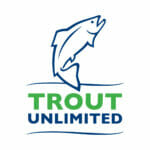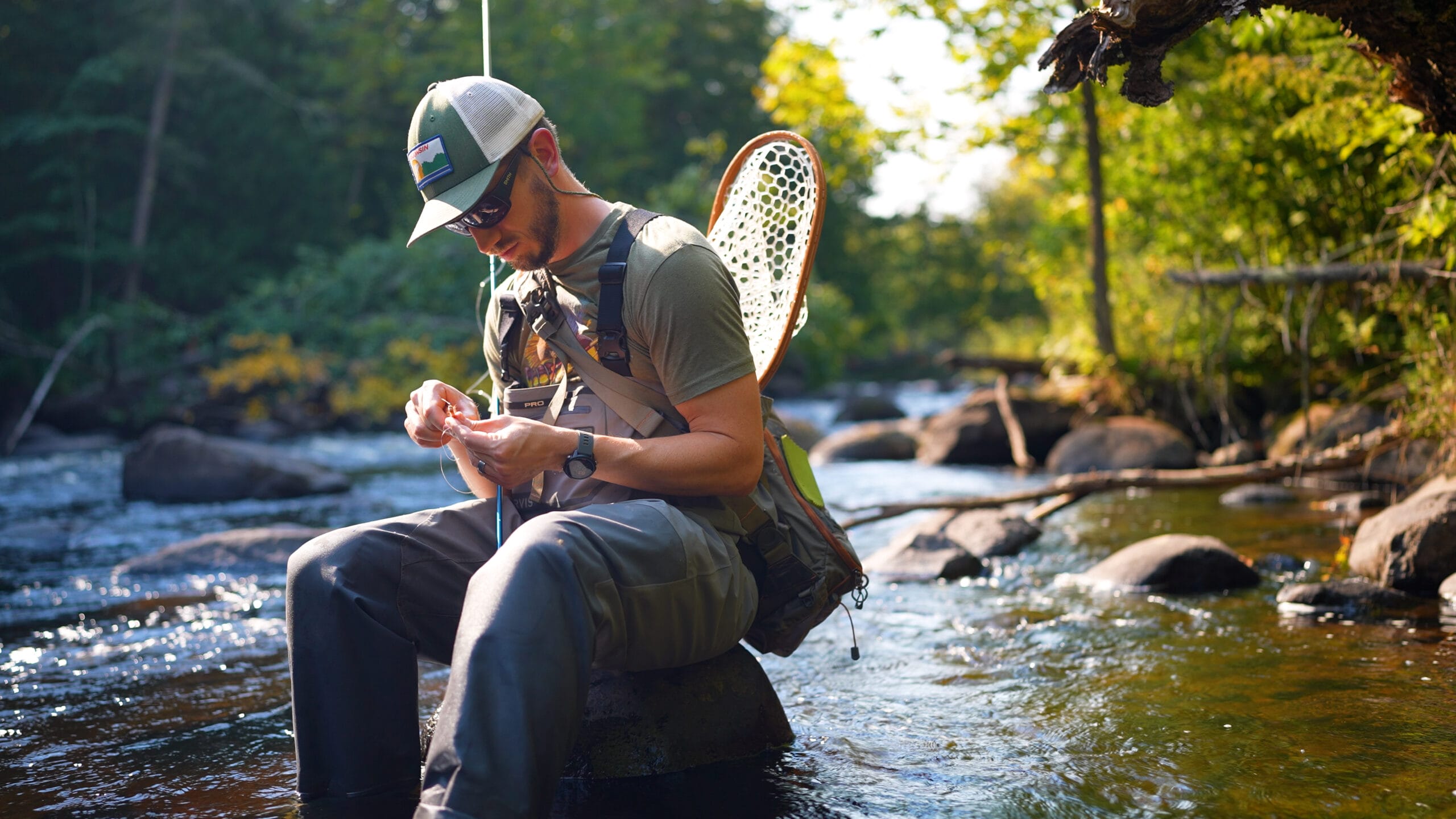By following a few simple steps, anglers can do their part to slow the spread of invasives
We know anglers are inundated with information about preventing the spread of things that threaten our freshwater resources.
In the Great Lakes, we are distressed by the risk posed by New Zealand Mud Snails (NZMS) and Didymo (recently documented in the Au Sable river) as well as Whirling disease, after the parasite Myxobolus cerebralis was found in Elton Creek in Langlade County, Wisc., in the spring of 2024.
Cleaning gear is critical to minimize the risk of spreading threats to different bodies of water as we fish, but we know that information can sometimes be vague, confusing and a bit overwhelming. What kind of decontamination method you choose depends on what type of angler you are – and not every solution makes sense for everyone. Perhaps you’re a home river angler who primarily fishes one stream, or the traveling angler that visits multiple rivers in one trip, which poses a greater threat. Or maybe you just fish occasionally – in which case drying your gear may be sufficient.
That’s why we’re compiling some useful tips designed for various angling habits, with quality information put together by Great Lakes researchers at Michigan Trout Unlimited, Trout Unlimited and Oakland University.
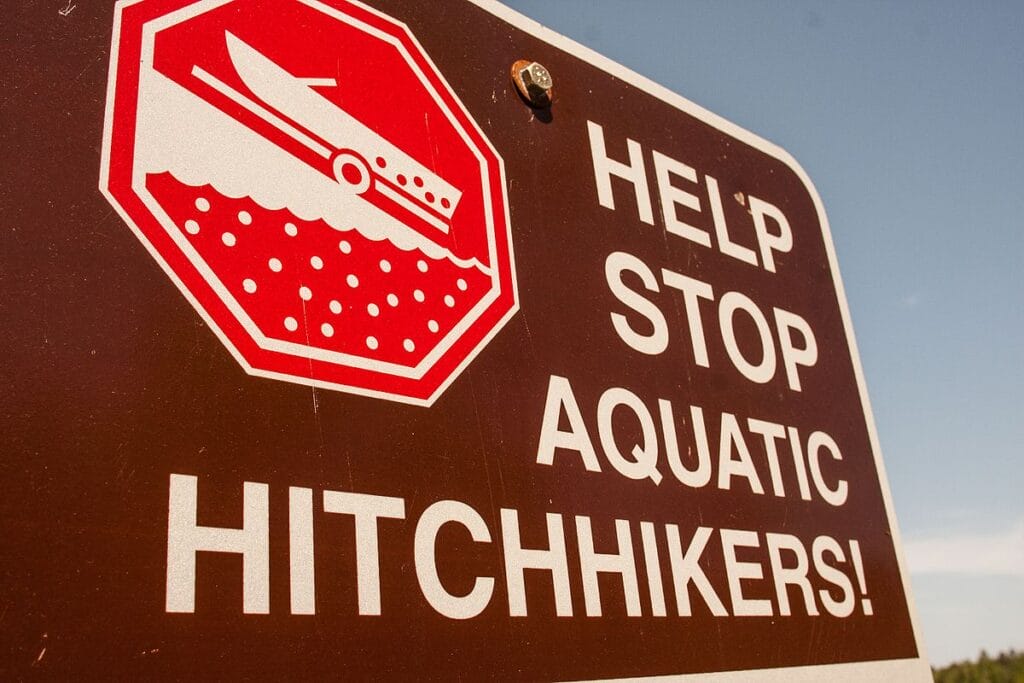
Here are three steps of physical decontamination that anglers should adopt to help prevent the spread of invasive species or disease:
1. Clean all gear before leaving your fishing site by scrubbing gear with a stiff bristled brush and rinsing with water, preferably high-pressure. This is often the simplest and most effective for prevention.
2. Inspect your gear before it is packed for transport. Visible traces of sand, mud, gravel and plant fragments are signs that your gear has not been properly cleaned and aquatic hitchhikers may still be present (in which case, see Step 1!).
3. Use dedicated equipment for infected watersheds if you have the means, including: boots, waders, nets and other equipment that comes in contact with the water.
In addition to cleaning and inspecting your gear, you can use one of the following decontamination methods to complete your checklist to stop the spread:
4. Freeze your gear for a minimum of 8 hours at 26°F (-3°C) or below.
5. Soak gear in a bath of hot water at least 120°F (40°C) for 2 hours. (This method is not advised for Gore-Tex)
6. Dry your gear before reuse. Minimum air exposure time of 53 hours is necessary for effective decontamination of equipment and boats.
Another option to consider is chemical decontamination, a tested and fast method that may be most suitable if freezing, soaking or drying your gear is not possible or if you are fishing waters with a known contamination.
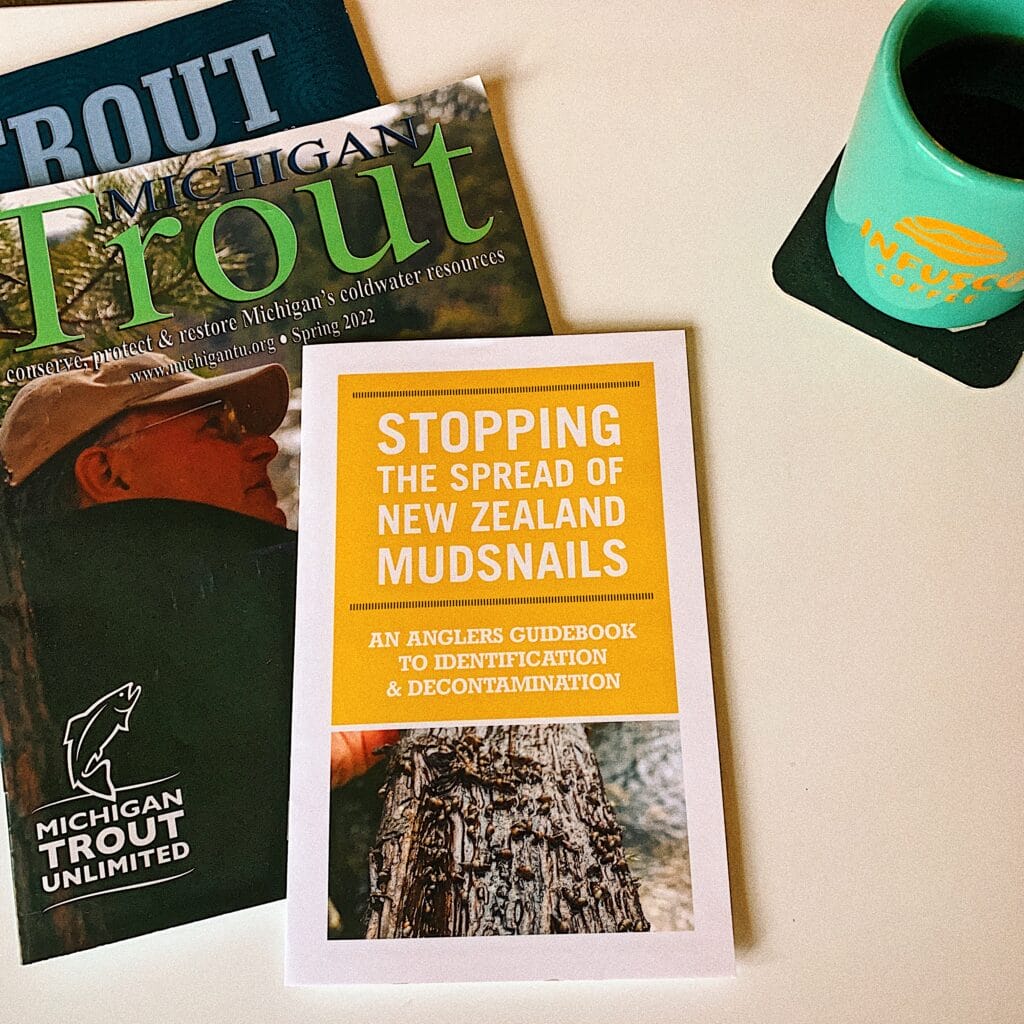
7. Liberally spray Formula 409 All Purpose Cleaner on surfaces, leaving it for 20 minutes and then rinsing. This method was found to be 100% effective in the laboratory tests against NZMS.
This method represents a readily available product, applied in a feasible manner and should be considered when switching between rivers during the same day or trip, or after fishing infected areas or other high transmission risk scenarios. Mud and debris can interfere with effectiveness of chemical disinfectants, so cleaning is again recommended before chemical application. Gear should be rinsed after treatment, away from waterbodies.
These different treatments offer options for anglers to build a “toolkit” that works best for you. Here are a few scenarios we put together that may be helpful for designing your own toolkit depending on your fishing habits:
#1 The Home River: If an angler primarily fishes one stream or section of stream (e.g., you own a cabin on a trout stream), consider leaving a pair of waders designated for use only there. This will primarily preclude the need to treat this set of equipment. Occasional trips to fish somewhere else can be done with a different set of equipment. This is even more important if your primary fishing location is on an infected stream.
#2 The Occasional Angler: Most of us do not make it out nearly as often as we’d like, and while that is a regret, it can also reduce the burden of decontamination. After a trip, consider putting a small label of some type on your waders, and note the date of the last use. Do not leave waders wet and packed tightly into a wader or gear bag. Hang the waders up to dry. Upon your next trip, you can see if the gear has had sufficient time to dry out and kill NZMS, and if so, no additional decontamination is needed.
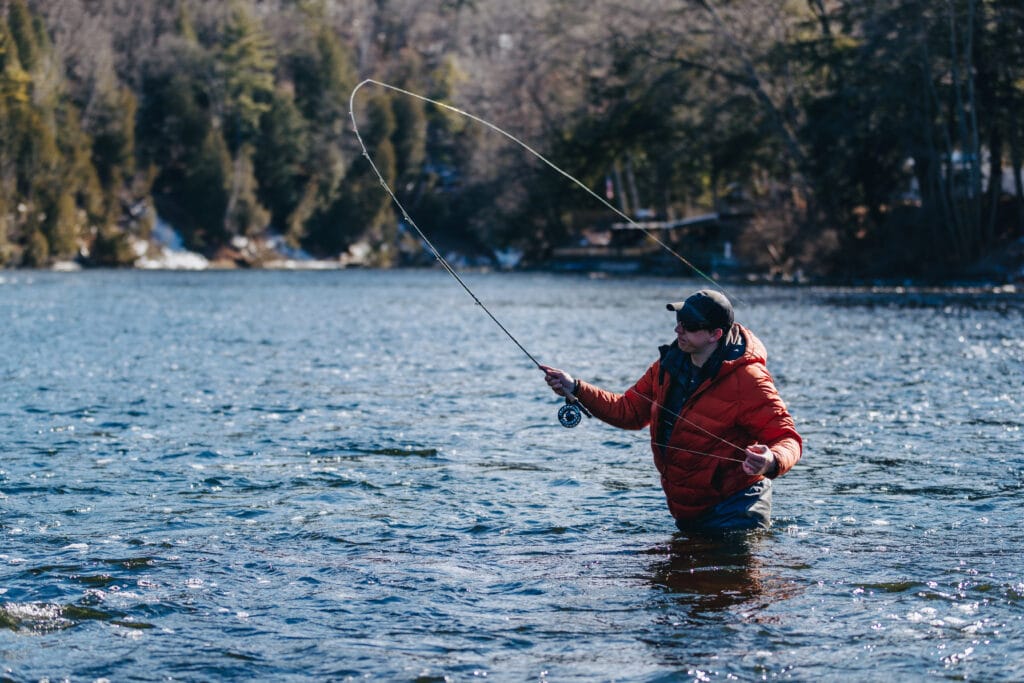
#3 The Expensive Wader Owner: While most breathable waders have a limited lifespan, even under normal use, there are valid concerns about long term repeated use of chemicals on waders. If you are a frequent angler and you fish waters that are infected or are at high risk of infestation, consider that wading boots are tougher and more durable and can stand up to higher pressure rinsing and chemical treatment. However, if you are concerned about those expensive breathable waders, consider things like more diligent scrubbing, rinsing and inspection and freezing the waders overnight.
#4 The Traveling “Long Weekend” Angler: Maybe its trout opener and you plan to hop between many favorite trout streams in one weekend. Or perhaps you are headed for a weekend of steelhead angling in West Michigan and will likely try out several different close rivers during the trip. In this scenario, you pose a high risk of spreading NZMS and other threats.
First, fish rivers that are not known to be infected first and save the known infected rivers for last. Known infected rivers will change over time, and rivers can be infected but not yet detected. But, to the extent practicable, fishing infected streams last can reduce the risk of spreading NZMS and other threats.
Second, build a traveling decontamination kit for the back of your car. Buy a plastic tub with a tight lid, big enough to fit your waders, boots and other gear. Have a spray bottle of 409 and a small plastic bucket or gallon of water with a scrub brush in it. Upon leaving one location, clean, rinse and inspect your waders by the river, then in the parking lot give your waders and boots a liberal spray of 409 cleaner over all the exposed surfaces, roll the top of the waders to seal the insides, and place them in your tub. When you get to your next spot, in the parking lot (away from the river), use the gallon of water, or the small plastic bucket and river water, to rinse your gear off.
There are many basic tools to decontaminate your fishing gear effectively. In every scenario, cleaning, rinsing, and inspecting is the first line of defense. After that, consider your fishing behavior and apply either drying, freezing, hot water soaks or chemical decontamination techniques as appropriate for the situation.
This information is adapted from a guidebook created by Michigan Trout Unlimited, in partnership with Oakland University, and made possible by the generous support of the C.S. Mott Foundation and the Joyce Foundation.
For more information on NZMS, visit the Great Lakes New Zealand Mud Snail Collaborative website.


